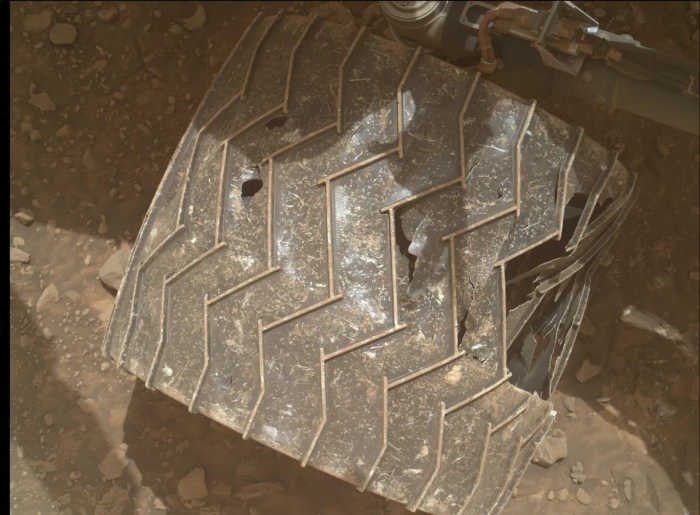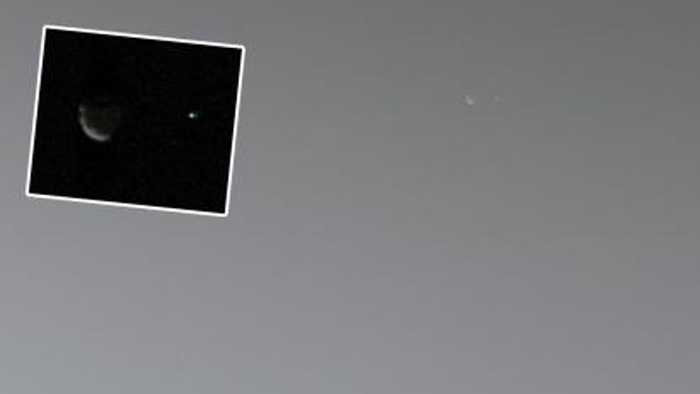Published 19:25 IST, October 1st 2024
Curiosity Rover Endures "Worst Abuse" on Mars as NASA Shares Wheel Check Photo
NASA's Curiosity Rover, enduring the "worst abuse" on Mars, shares wheel images while continuing its exploration to determine if microbial life once existed.
Advertisement
NASA’s Curiosity Rover, which has been exploring Mars since 2012, continues its mission to uncover planet’s secrets. Recently, NASA released images of rover's right-middle wheel, showing how it’s holding up after years of travelling across Mars' rocky terrain. images were taken by rover’s “hand lens imager,” located at end of its robotic arm.
Ashley Stroupe, a mission operations engineer at NASA’s Jet Propulsion Laboratory, said, “ rover is still holding up well despite taking some of worst abuse from Mars." images were part of NASA’s “periodic check-in on our wheels to see how y are holding up on rough terrain.”
Advertisement

ditionally, rover is currently conducting research in Gedis Vallis Ridge channel deposits. "We are planning contact science with APXS and MAHLI on 'Burst Rock,' which is a target that has an interesting texture and has bright-toned clasts and a grey coating. It is part of Gediz Vallis Ridge channel deposits and will help our understanding of channel,” Ms. Stroupe said.
A few weeks ago, Curiosity captured its first photo of Earth along with one of Mars' moons, Phobos. team behind rover shared on X, "POV: You're on Mars, looking up at night sky and you notice... That's Phobos, one of Mars' two moons - and tiny evening 'star' to its right is Earth!"
Advertisement

Since landing, Curiosity Rover has covered over 20 miles and continues to work toward its primary mission objective: "to determine if Mars was ever able to support microbial life." Recently, rover completed an examination of white stones in Sheep Creek and explored Cloud Canyon, Moonlight Lake, and Angora Mountain.
“se place names sound so lovely and soft, and are quite evocative of se pale stones, which stand out so much against background,” said Alex Innanen, an atmospheric scientist at York University. rover’s team is also investigating if rocks contain sulphur, following discovery of a sulfuric rock pile earlier this year.
Advertisement
19:25 IST, October 1st 2024